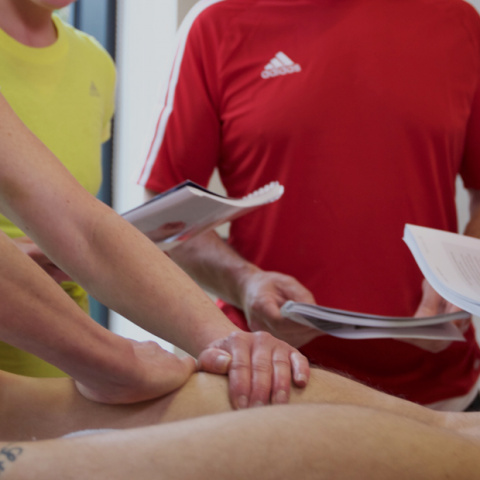The following Level 3 Anatomy for Sports Massage mock exam is provided as a FREE resource for anybody working towards a sports massage course or qualification to help them better prepare for their final exams.
The Level 3 Anatomy for Sports Massage exam includes a wide-range of knowledge and understanding questions relating to many different areas of anatomy and physiology, including the musculoskeletal system, cardiorespiratory system, nervous system, endocrine system, lymphatic system, urinary system and the skin.
There are 40 multiple-choice questions presented in this mock exam and you are required to answer 28 correctly (70%) in order to pass.
Good luck!

